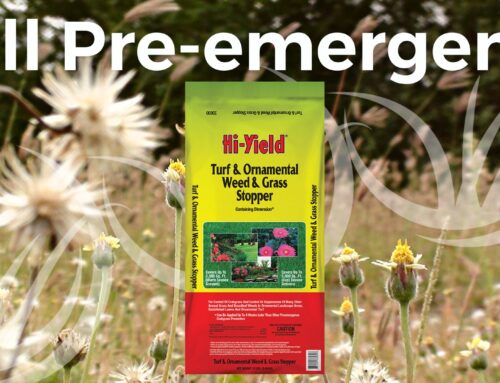What are sod plugs and why do you use them?
Often overlooked in favor of seeds or sod, grass plugs offer a unique set of benefits that can transform lawns and landscapes in remarkable ways. Grass plugs are small sections of grass, typically grown in trays or containers, that contain roots and soil. These plugs are cultivated from healthy grass varieties and are transplanted into bare or thin areas of lawns or landscapes.
Benefits of Plugs
- Quick to Establish: When sowing seeds, it can take weeks for them to grow and establish. Grass plugs, on the other hand, have already developed root systems that allow them to take root quickly. This means you don’t have to wait weeks for your new grass to take hold, and it also means your newly planted grass won’t be exposed to as much stress.
- Eco Friendly: Grass plugs are an environmentally friendly alternative to conventional lawn establishment techniques. Grass plugs reduce soil erosion and encourage natural growth, helping to promote sustainable landscaping practices that reduce water usage and chemical dependency over the long term.
- Cost Effective: While the cost of grass plugs may seem more expensive than buying seeds, the benefits far outweigh the upfront costs. Installing quickly and requiring minimal upkeep, grass plugs save time and money, providing a cost-effective way to create a vibrant and long-lasting lawn.
- Weed Suppression: Weeds are one of the most persistent problem areas in lawn care. Grass plugs provide a natural barrier to weed growth. They fill in gaps and create a dense lawn that leaves little space for invasive species to grow. This natural weed control capability reduces herbicide use and promotes a healthier and stronger lawn.
How to Plant:
The process of planting grass plugs is very easy and can be completed in just a few steps.
- Prepare the soil: Make sure the area you’re planting grass plugs in is free from debris and well-aerated to allow roots to penetrate.
- Dig Holes: Make sure the holes you’re using are spaced according to your grass variety’s guidelines.
- Insert Plugs: Place the grass plugs in the prepared holes gently, making sure the roots are completely covered.
- Water Deeply: Once the grass plugs are planted, water them deeply to encourage root establishment and reduce transplant shock.
- Monitor and Maintain: Keep the planted area moist throughout the initial establishment stage. As the grass grows, you’ll need to adjust your watering and maintenance routine as it matures.
We’re happy to help.
Finding yourself with questions? Feel free to reach out to our team today!




